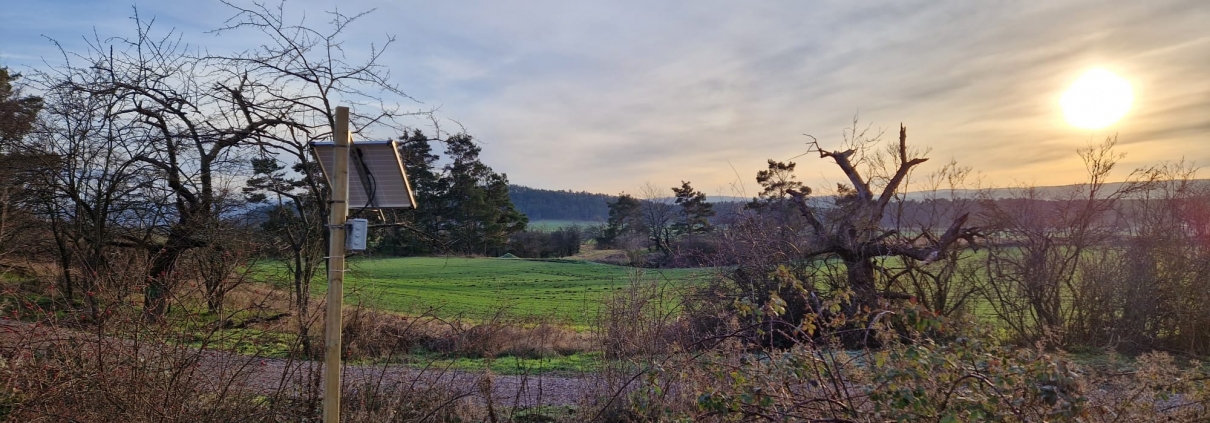Germany’s first AI-based wildfire detection system has been launched in the Harz Mountains
Hamburg and Blankenburg. Today, Germany’s first fully automated, air quality-based wildfire detection system has been launched in Blankenburg (Harz). The system is based on an artificial intelligence developed by the Hamburg-based startup Breeze Technologies and processes air quality data collected by sensors in real time. The implementation was made possible through a collaboration between Breeze Technologies and the Blankenburg-based forest innovation hub Future Forest Initiative. It is supported by local partners such as the city of Blankenburg (Harz) and the volunteer fire department Blankenburg.
“I am very pleased about this groundbreaking cooperation with our partners. This project will make an enormous contribution to detecting the increasingly common forest fires in the Harz Mountains at an early stage so that appropriate countermeasures can be taken quickly, preventing the spread of early fires,” said Robert Heinecke, founder and CEO of Breeze Technologies. There is a growing risk of forest fires in the Harz Mountains due to droughts, as well as a variety of other environmental influences such as heavy bark beetle infestations in recent years.
In the past few weeks, 12 sensors measuring various air pollutants have been installed at various locations around the city of Blankenburg and the Brocken mountain. An artificial intelligence developed by Breeze Technologies interprets this data in real time and recognizes typical emission patterns of developing forest fires, whereupon the local fire brigade can be automatically alerted.
The functionality of the system was demonstrated today at an event in the Small Castle in Blankenburg. A controlled fire was ignited, which was then detected and reported by local sensors within just a few minutes.
The technology for detecting wildfires has been developed by Breeze Technologies with support from the US Department of Homeland Security since 2019. It has already been successfully tested several times in the US. The installation in Blankenburg is the first project outside the United States in which this innovation is used.



 unsplash.com / Georgiana Avram
unsplash.com / Georgiana Avram